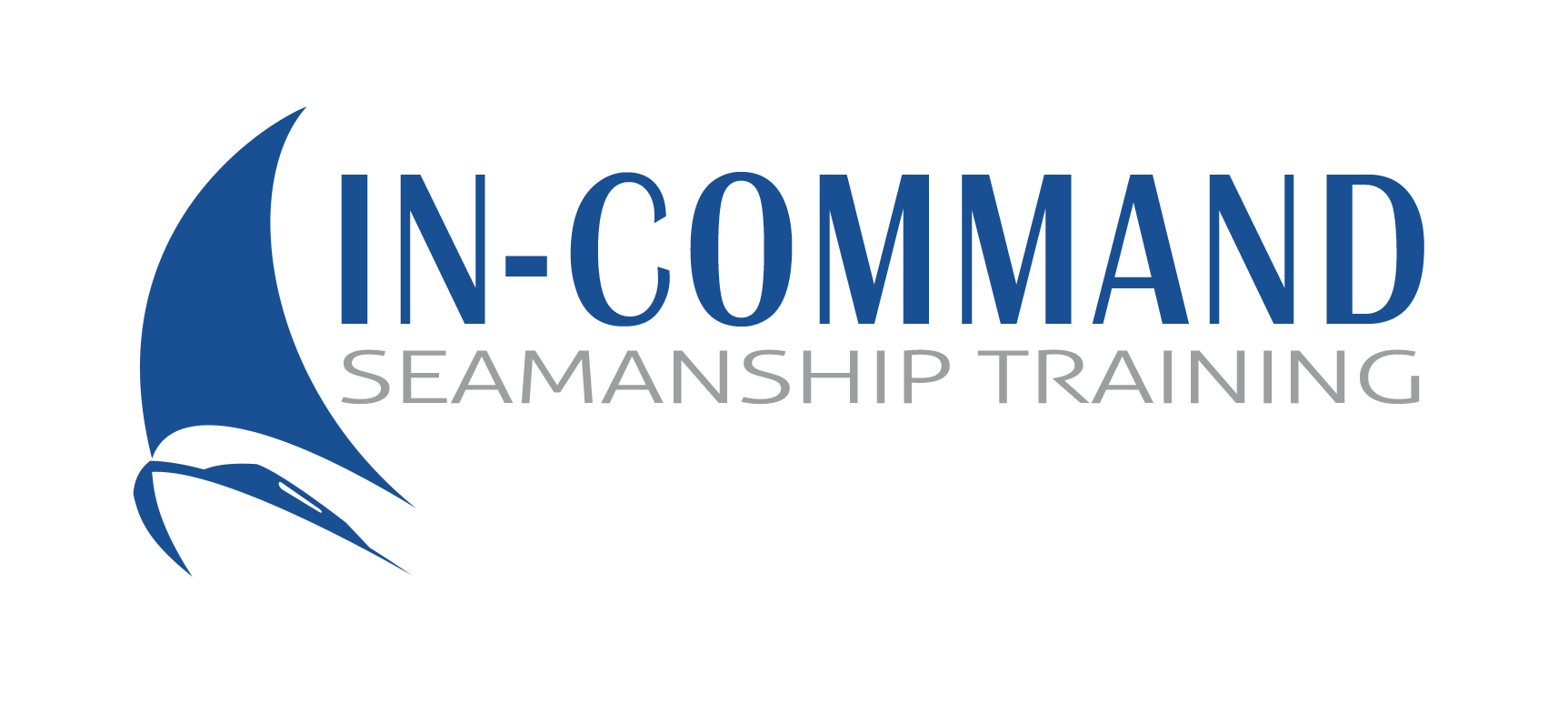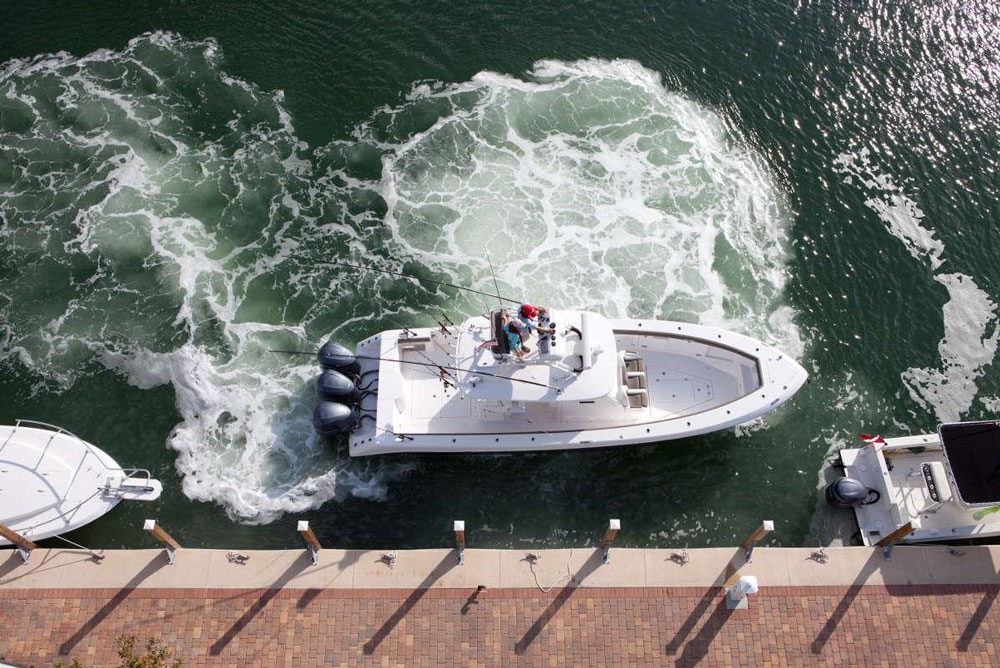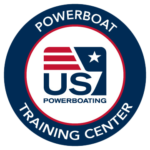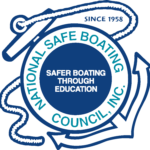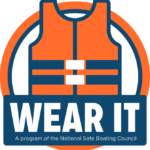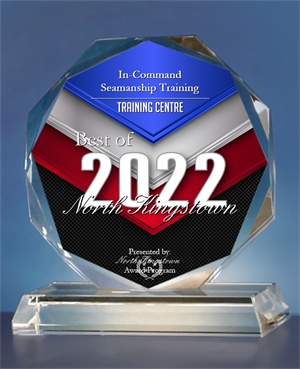Docking a boat is a critical skill every boater must master, yet it’s often one of the most anxiety-inducing parts of any outing.
Tight slips, unpredictable winds, and nearby traffic can turn a calm day into a stressful one.
But with the right boat docking tips, you can dock like a pro—even under pressure.
Whether you’re just starting or want to sharpen your technique, the following five expert boat docking tips will help you prepare, stay calm, and dock safely in any condition.
- Boat Docking Tips: How to Plan for a Smooth Approach
Docking a boat doesn’t start when you approach the slip; it begins well before that. Proper pre-docking preparation is essential to ensure a stress-free experience. From studying your marina’s layout to setting up gear and considering tides, a little planning goes a long way. These foundational boat docking tips are essential for creating a stress-free approach.
Study Marina Charts and Guides
Knowing where you’re headed is half the battle. Familiarize yourself with the marina’s layout to eliminate last-minute confusion. Modern technology provides sailors with plenty of tools to stay prepared. You can use resources like marina comparison charts or digital nautical charts to understand slip locations, dock configurations, and potentially tricky areas like narrow entrances or strong currents.
Take note of landmarks, approach angles, and water depths—this knowledge can prevent surprises. Think of it as checking a blueprint before building; you need the whole picture before you act. Some services, like NOAA’s interactive chart system, even provide real-time updates to help you adjust based on conditions. Studying charts in advance is one of the most overlooked boat docking tips—yet it’s key to success.
Prepare Dock Lines and Fenders
Imagine reaching the dock only to realize your lines are tangled or your fenders aren’t where they need to be. Avoid this unnecessary stress by prepping ahead of time. Set your dock lines securely, ensuring they’re neatly organized and within easy reach. Attach your fenders at the appropriate height based on the dock structure. This preparation saves precious minutes and reduces the risk of bumps or scratches on your boat.
For a detailed guide, check out resources like Savvy Salt’s tips on tying dock lines or Modern Sailing’s tutorial. Double-check your knots to ensure your lines are long enough for flexibility but not excessively slack. By being proactive, you position yourself to dock with confidence. Well-placed lines and fenders are simple boat docking tips that prevent damage and speed up the process.
Time Your Arrival
Timing is everything when it comes to docking. Arriving during slack water—when the tide is neither rising nor falling—is ideal as it minimizes the effect of currents. Light winds are another factor to consider. Arriving during calmer conditions allows you to focus on precision rather than battling external forces.
Monitor tide charts and weather forecasts to plan your approach strategically. Many apps and resources can provide accurate timing information if you’re unsure. While specific tools depend on your boating habits, fundamental knowledge of your local conditions is invaluable. Timing your docking isn’t just about convenience—it’s about safety and preserving control. Among the most helpful boat docking tips is arriving during slack tide and light wind whenever possible.
Organizing every detail before approaching the marina allows the process to unfold smoothly. This preparation transforms docking from a daunting task into a calculated routine you can quickly execute.
- Boat Docking Tips for Mastering Speed and Control
Docking is about maintaining control, particularly as you navigate tight spaces and unpredictable conditions. The key lies in precise speed management and using your boat’s mechanics to their full potential. Below, we introduce three essential techniques for mastering speed and control during docking.
Go Slow, Then Slower
It’s tempting to approach the dock quickly to “get it over with,” but this is often when things go wrong. These boat docking tips will help you maintain control in even the trickiest marinas.
Slow speeds give you more time to think, adjust, and react to unexpected challenges. The slower you go, the more control you maintain over your boat’s movements, which minimizes risks to both your vessel and the dock.
Boats are already less responsive at slow speeds, so don’t be afraid to take things even slower than you think is necessary. Gradual movements improve reaction time and allow for minor corrections, like nudging your bow into position. A popular rule of thumb is never approaching a dock faster than you’re willing to hit it. Discover Boating notes that brief bursts of throttle at low speeds can help you steer with precision without losing momentum.
Practice Throttle and Rudder Coordination
Docking is like a dance between your throttle and rudder. You constantly adjust the engine speed and rudder direction to guide your boat exactly where you want it to go. This balance lets you keep the right power level without veering off course.
Start by practicing short bursts of throttle while turning your rudder incrementally. This method gives you finer control, especially in confined areas. Every engine behaves differently, so become familiar with how your boat responds. Experts at Sail Universe explain how understanding “prop wash” over the rudder can help steer effectively without accelerating. Mastering minor adjustments over drastic movements is where the magic happens.
Use Spring Lines for Extra Control
Spring lines are the unsung heroes of docking. These lines help you precisely secure and adjust your boat, especially when weather or current complicates docking. Attaching a spring line to a dock cleat and a point on your boat allows you to control forward and backward movement while holding the boat steady.
For example, attaching a midship spring line and applying a gentle throttle can pull your vessel snugly against the dock. This technique works exceptionally well when space is limited or when you are docking solo. Resources like BoatUS elaborate on how spring lines are practical tools for docking and undocking.
Incorporating spring lines into your routine increases precision and reduces stress on other dock lines by distributing forces evenly. It’s a simple technique that can make a big difference in challenging conditions.
Spring line usage is one of those advanced boat docking tips that seasoned captains swear by.
By controlling your speed, mastering throttle and rudder coordination, and effectively utilizing spring lines, docking becomes less stressful and more about skill. Boating doesn’t have to feel intimidating—these methods ensure you always feel in control.
- Boat Docking Tips for Adapting to Wind, Currents, and Depth
Docking a boat means managing more than just your vessel—external factors like wind, currents, and water depth can significantly impact your approach. Adapting to these conditions is key to ensuring a safe and smooth docking experience.
Docking in Strong Winds
Wind can be one of the most challenging elements when docking. Whether you’re facing a headwind or a crosswind, your boat’s response might not always align with your intentions. Here are some practical tips:
- Use the wind to your advantage: If the wind pushes you toward the dock, let it assist your approach. Aim for a shallow angle—around 20 to 30 degrees—so the wind gently carries you in. Resources like this guide can provide additional insights on handling windy conditions.
- Maintain controlled speed: Strong wind can make rushing tempting, but slow and steady wins the race. This allows for better reaction time and control.
- Dock on the windward side when possible: Position your boat so that the wind presses you against the dock rather than blowing you away from it. Tips shared in The Hull Truth can help refine your technique for complex maneuvers.
Understanding how the wind affects your boat’s movement and adjusting accordingly removes much stress from docking in harsh conditions.
Managing Currents During Docking
Currents can assist your docking or create additional challenges depending on their direction. Here’s how to handle them effectively:
- Always approach the current: This gives you more control over your vessel. By motoring against the flow, you can better maintain a precise position without risking an overshoot. As noted in Pro Tips for Stress-Free Docking in a Current, working against the current offers greater stability.
- Match your speed to the flow: If the current is moving toward the dock, match its speed and let it guide you in. A slight reduction in the throttle can help maintain alignment. The experts at BoatUS stress that precision is the key to achieving a smooth approach.
- Be mindful of sideways drift. Current can pull the stern or bow off course. Use short throttle bursts in the opposite direction to correct your alignment if necessary.
Currents are often less noticeable than the wind, but anticipating their effects makes for a safer docking experience.
Consider Water Depth and Obstructions
Ignoring water depth and potential obstacles can lead to grounding or damaging your boat. Always be aware of underwater conditions during your docking approach:
- Check water depth in advance: Know your boat’s draft and ensure the docking area is deep enough to accommodate it safely. Tools like sonar, depth charts, or apps can help. According to Discover Boating, planning your approach based on depth is critical.
- Avoid obstructions: Submerged rocks, debris, or marine wildlife can make docking tricky. Resources like The Campfire Collective suggest scanning the area visually while approaching.
- Account for changing tides: Tidal fluctuations can reduce available depth, especially in shallow waters. To avoid surprises, note tidal schedules or use apps for real-time updates. Use the tips AccuDock shares to prepare for varying water conditions for marina approaches.
By factoring in water depth and avoiding hazards, you can protect your boat and the docking area and ensure a smooth arrival.
- Boat Docking Tips for Communicating with Your Crew
Communication is the backbone of smooth docking operations. A well-coordinated crew ensures fewer mistakes, faster execution, and a safer environment for everyone. By setting clear expectations and using efficient communication techniques, you’ll turn what might feel like chaos into a controlled, seamless process.
Assign Docking Roles
Assigning specific roles to each crew member is essential for avoiding confusion during docking. Everyone should know their task well before they approach the dock. This can be as simple as designating someone to manage bowlines, stern lines, and fenders. Clear assignments prevent last-minute scrambling, which can lead to unnecessary risks or errors.
When assigning roles, make sure to review responsibilities before docking. For example:
- Line handlers: Responsible for securing the boat to the dock.
- Fender adjusters: Positioned to protect the vessel from bumps.
- Signaler: Acts as the go-between for the helm and crew.
For extra guidance on structuring these roles, check out this comprehensive guide on crew tasks. Creating a team dynamic ensures that each member feels confident, reinforcing safety and efficiency during docking.
Use Hand Signals or Radios
Noise, wind, or distance can make verbal instructions challenging to hear, so having a reliable communication method is critical. Hand signals are a popular choice because they’re simple and immediate. Before setting out, establish a few essential signals that everyone understands. For instance:
- A raised arm might indicate “stop.”
- A pointed finger could guide direction (e.g., toward the bow or stern).
Alternatively, use two-way radios for clear communication, especially on larger vessels or when dockhands are assisting. Technology like Bluetooth headsets or hands-free radios can also streamline communication. Resources like Key Tips for Crew Communication offer practical advice on enhancing vessel communication under demanding conditions.
Prepare for Emergencies
Even with the best preparation, unexpected challenges can arise during docking. That’s why having a contingency plan is essential. Train your crew to handle scenarios like engine failure, sudden strong winds, or mechanical issues. For example:
- Practice emergency maneuvers: Know how to reverse or abort the docking attempt quickly.
- Have backup equipment ready: Keep spare dock lines, fenders, and tools close at hand.
- Assign a crisis leader: Someone who ensures everyone stays calm and focused during surprises.
By rehearsing these scenarios beforehand, your crew will be better equipped to address issues without unnecessary panic. For more in-depth tips on emergency preparedness, visit Tips for Communicating with Your Crew. Preparedness not only protects your vessel but also fosters trust among your crew.
Effective communication and preparation are non-negotiable when it comes to docking. By assigning roles, using the right communication tools, and planning for emergencies, you’ll make docking a finely tuned team effort.
- Boat Docking Tips: Practice Often to Build Docking Confidence
Docking a boat often feels like threading a needle while the wind tries to shift your hand. The good news? Practice truly makes this skill second nature. When you dedicate time to focused training, overcoming hesitation, and building muscle memory, docking feels less like a chore and more like a controlled routine. Confidence doesn’t happen overnight, but with deliberate effort, it becomes a natural part of your boating experience.
Simulate Docking Scenarios
Practicing docking can initially feel intimidating, but starting in a low-pressure, controlled environment is the key to success. Before heading into busy marinas or challenging conditions, find an open space or quiet dock to simulate different scenarios.
- Use floating buoys or portable markers to mimic the edges of a slip or an approaching dock.
- Experiment with varied speeds to understand how your boat reacts, especially in tight spaces.
- Incorporate directional maneuvers to become familiar with subtle shifts when turning or using reverse.
The more you simulate real-life docking situations, the more prepared you’ll feel when the stakes are higher. Many experts, like Morningstar Marinas, emphasize the importance of slow, deliberate movements during practice—something that’s easier to perfect in a calm setting. Consistent practice creates a natural rhythm, enabling your instincts to take over, even in unpredictable circumstances.
Learn from Mistakes
Mistakes happen. Instead of seeing them as failures, treat them like stepping stones toward becoming better boaters. After each docking attempt—successful or not—take a few moments to evaluate what went well and what can be improved.
- Did the wind throw you off course? Consider adjusting your approach angle next time.
- Were your lines ready but not positioned correctly? Watch how repositioning impacts control.
- Did you misjudge your entry speed? Dial it back and observe how slower movements enhance precision.
The goal is to extract lessons from your experiences. Reflecting on both successes and setbacks allows you to identify patterns and solutions. Valuable insights are often rooted in the tiniest details. Discover Boating points out that even seasoned captains continually refine their skills by analyzing past encounters.
Engage in open dialogue with fellow boaters—learning from their mistakes and triumphs can provide fresh perspectives. It’s like piecing together a puzzle; each mistake solved brings you closer to mastering the bigger picture.
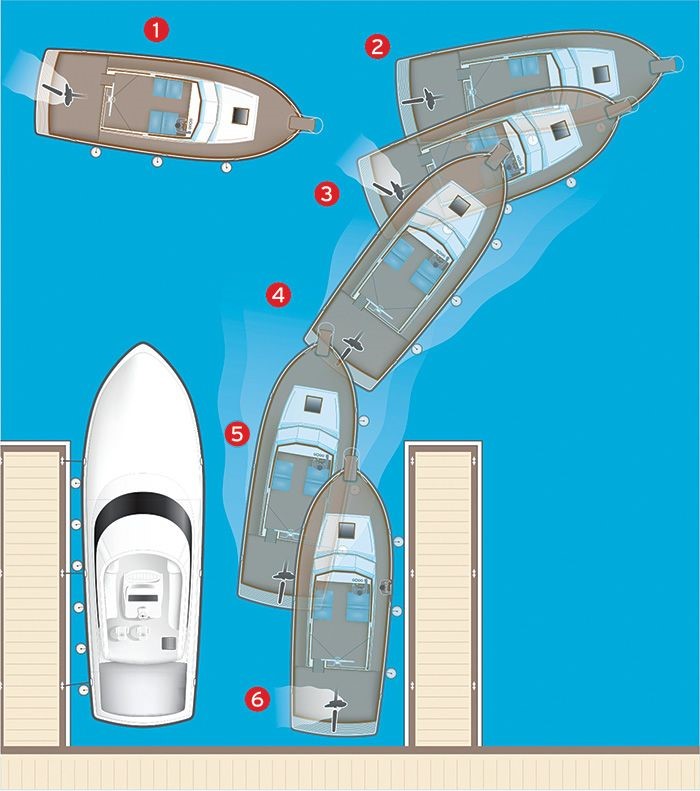
Consider Professional Training
Sometimes, learning from a pro is the most effective way to sharpen your skills. A qualified instructor can point out subtle adjustments and introduce techniques you may not discover on your own. Boating schools or private lessons are fantastic opportunities for anyone feeling stuck or overwhelmed by the mechanics of docking.
- Learn advanced throttle and rudder coordination.
- Practice approaches in varying wind and current conditions under expert guidance.
- Gain tips for solo docking or handling emergencies.
Learn from the Pros to Dock with Confidence
There’s no substitute for hands-on experience—especially when an expert guides it. Professional instruction can make all the difference if you’re unsure about your docking skills or just want to sharpen your technique.
A skilled instructor can identify minor adjustments that dramatically improve control, positioning, and confidence. In our Dock Pro Training Course at In-Command Seamanship, you’ll go beyond the basics with personalized coaching and practical experience that sticks.
Here’s what you’ll gain from the Dock Pro course:
- ✅ Master throttle and rudder coordination for tight spaces
- ✅ Dock in varying wind and current conditions with confidence
- ✅ Practice real-world docking scenarios with expert feedback
- ✅ Learn solo docking techniques for when you don’t have extra hands
- ✅ Build calm, muscle-memory responses for high-pressure situations
Unlike general boating courses, Dock Pro is focused entirely on docking, making it one of the most valuable training sessions for boaters of all levels. Whether new docking or looking to refine your approach, this course is designed to reduce stress and elevate skill through structured, hands-on training.
📍 Taught by seasoned instructors who understand local marinas and conditions, Dock Pro gives you the real-world tools you need to dock like a pro—every single time.
Even one session can save you from years of trial-and-error and transform docking from your most stressful moment into your most polished move.
Start Your Docking Journey Today
Docking isn’t just a skill—it’s a mindset. By pairing practice with professional guidance, you build a foundation of control, confidence, and calm that will serve you for years.
Ready to conquer the dock?
👉 Sign up for the Dock Pro Course at In-Command Seamanship Training and turn your next approach into a smooth arrival.
Planning Your Next Practice Lesson
Mastering stress-free docking boils down to preparation, patience, and practice. Each tip—from planning your arrival to adjusting for environmental factors—works together to give you more control and confidence. By slowing down, communicating clearly, and refining your skills over time, docking becomes a manageable part of boating rather than a source of tension.
Approach each docking scenario systematically, and don’t hesitate to revisit these tips as you gain experience. The more you practice in varying conditions, the more second nature this essential skill will feel.
